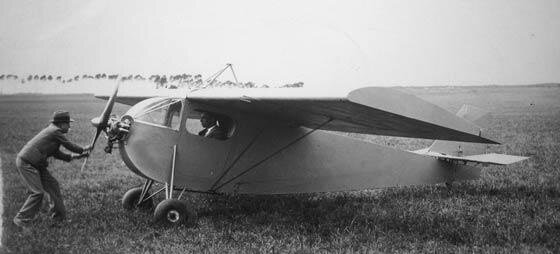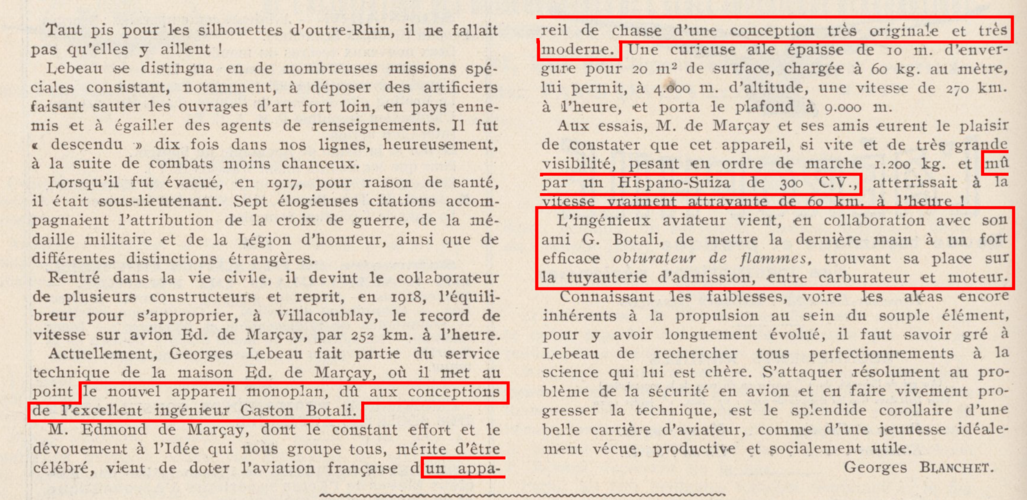- Joined
- 26 May 2006
- Messages
- 33,867
- Reaction score
- 14,206
Hi,
this French designer worked at de Marçay,and created a tourer aircraft
and a fighter,he designed a biplane with Mandelli in 1933,followed by
PAMA monoplane.
With Mr. Rexovice developed a record breaker high-wing monoplane,with
fixed main landing gear, and single 350 hp engine.
this French designer worked at de Marçay,and created a tourer aircraft
and a fighter,he designed a biplane with Mandelli in 1933,followed by
PAMA monoplane.
With Mr. Rexovice developed a record breaker high-wing monoplane,with
fixed main landing gear, and single 350 hp engine.
Attachments
Last edited:



![Les_Ailes___journal_hebdomadaire_[...]_bpt6k9796152x_12.jpeg](/data/attachments/146/146766-a358c1d8cd48bd484c250c247c25fe49.jpg)








